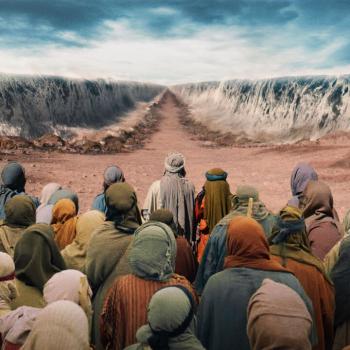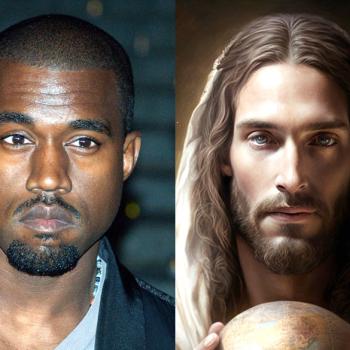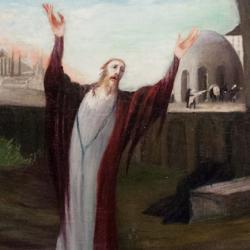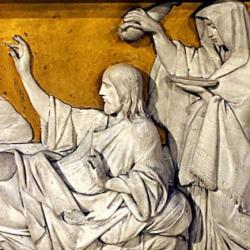INTRODUCTION
Jesus promises rest to the weary who come to Him (11:28-30). Next thing we know, He’s in conflict with the Pharisees over the Sabbath (12:1-14). Jesus’ Sabbath-keeping stands in sharp contrast to the Sabbath-keeping of the Pharisees. The response of Israel’s leaders is becoming more defined: They want to kill Jesus (v. 14).
THE TEXT
“At that time Jesus went through the grainfields on the Sabbath. And His disciples were hungry, and began to pluck heads of grain and to eat. And when the Pharisees saw it, they said to Him, ‘Look, Your disciples are doing what is not lawful to do on the Sabbath!’ . . . ” (Matthew 12:1-21).
GRAIN ON THE SABBATH
As Jesus’ disciples walk through a field on the Sabbath, they pluck grain and eat them (12:1). This is not theft, but gleaning, permitted by the law (cf. Leviticus 19:9-10; Deuteronomy 24:20-22). The Pharisees object because they see it as harvesting, a form of work. Jesus responds by reminding them of the incident in which David and his men ate from the showbread, normally reserved for the priests (1 Samuel 21:1-7; cf. Leviticus 24:5-9). This is a relevant incident since David arrived at the tabernacle on the Sabbath, the day when the bread was changed for fresh bread. Jesus doesn’t literally mean that David broke the law, any more than He means that the priests break the Sabbath by offering sacrifice (v. 5). His point is not that compassion gives us the right to ignore rules. He doesn’t think that His disciples have broken any commandment (they are “innocent,” v. 7). Jesus’ point is, first, about Himself: He is greater than David and greater than the temple (v. 6), and as Lord of the Sabbath He can rule about what constitutes Sabbath observance (v. 8). Second, His point is about His opponents: The Pharisees have aligned themselves with Doeg the Edomite and Saul, who persecuted David and his men. Compassion is the intent of the law, and Sabbath regulations, like the rest of the law, need to be interpreted in the light of that goal.
SABBATH HEALING
In the second incident, the Pharisees try to trap Jesus by asking if it’s lawful to heal on the Sabbath (v. 10). This shouldn’t be an issue. The Sabbath laws require that we give rest (Exodus 20:8-11; Deuteronomy 5:12-15), and healing is a way of giving rest. Jesus’ example follows this logic (vv. 11-12). Pulling a sheep from a pit is not an exception to Sabbath observance; the Sabbath laws command that we give rest to animals, and a sheep in a pit is not resting. The Pharisees go out to plot to destroy Jesus, which is hardly a proper use of the Sabbath (v. 14).
WITHDRAWAL
Knowing that the Pharisees want to kill Him, Jesus withdraws (cf. 14:13; 15:21), widening the gap between Jesus’ new Israel and the old Israel of the Pharisees. Matthew says that this withdrawal fulfills the prophecy of Isaiah 42. Instead of responding to the Pharisees, He quietly continues His ministry of healing (v. 15). He is bringing justice, but He does it as One who is gentle and lowly in heart.
SABBATH-KEEPING
Jesus never broke the Sabbath, or made exceptions to the biblical Sabbath rules. As Lord of Sabbath, He showed us what Sabbath-keeping is supposed to look like. Sabbath-keeping is as much about giving relief and rest as it is about taking rest for ourselves. True Sabbath keeping includes pulling sheep from pits. As you think about what to do on the Sabbath, ask yourself not only “Am I working?” but “Am I imposing burdens on others? Am I giving others rest?”















